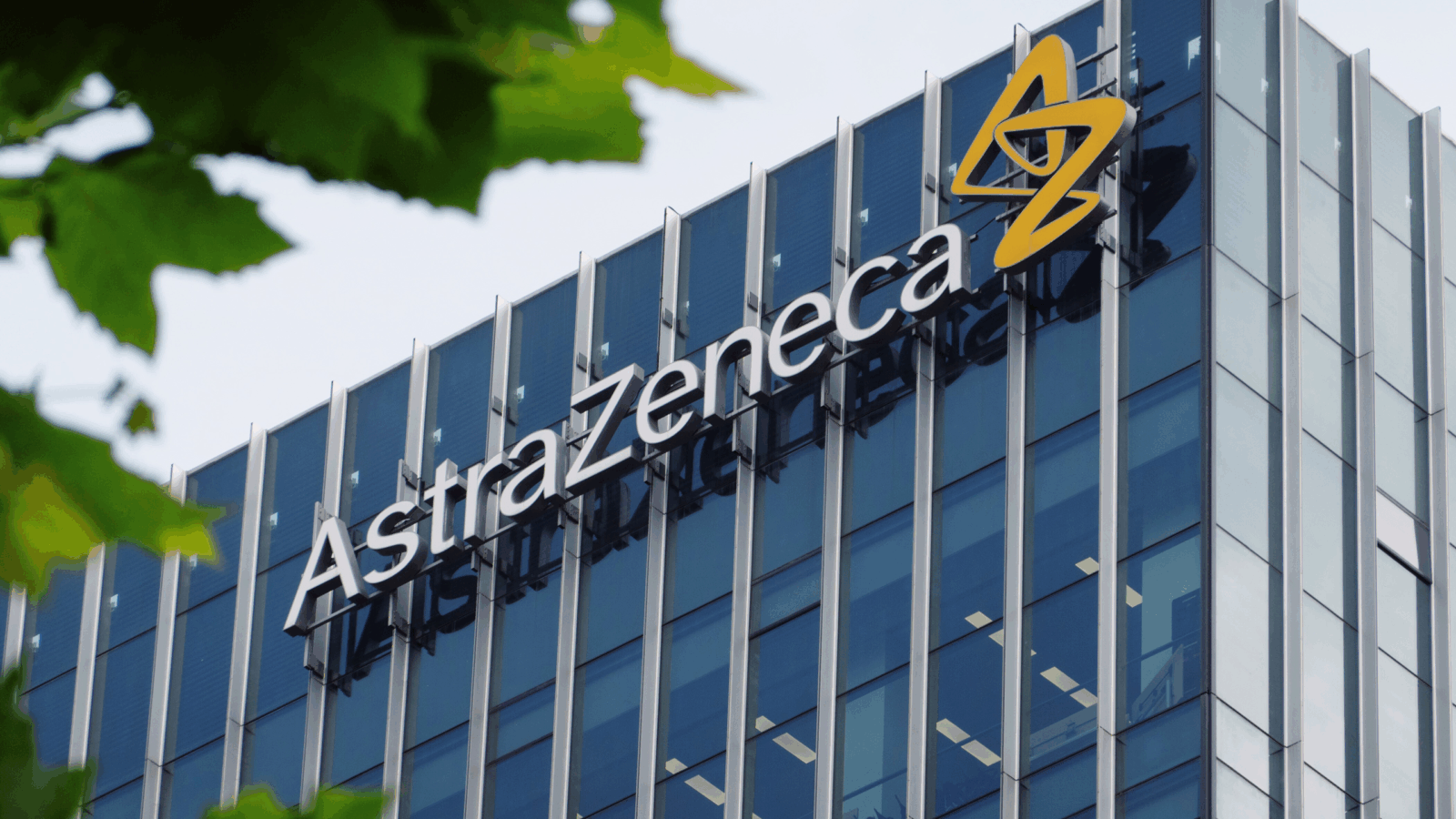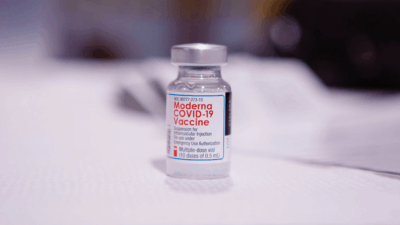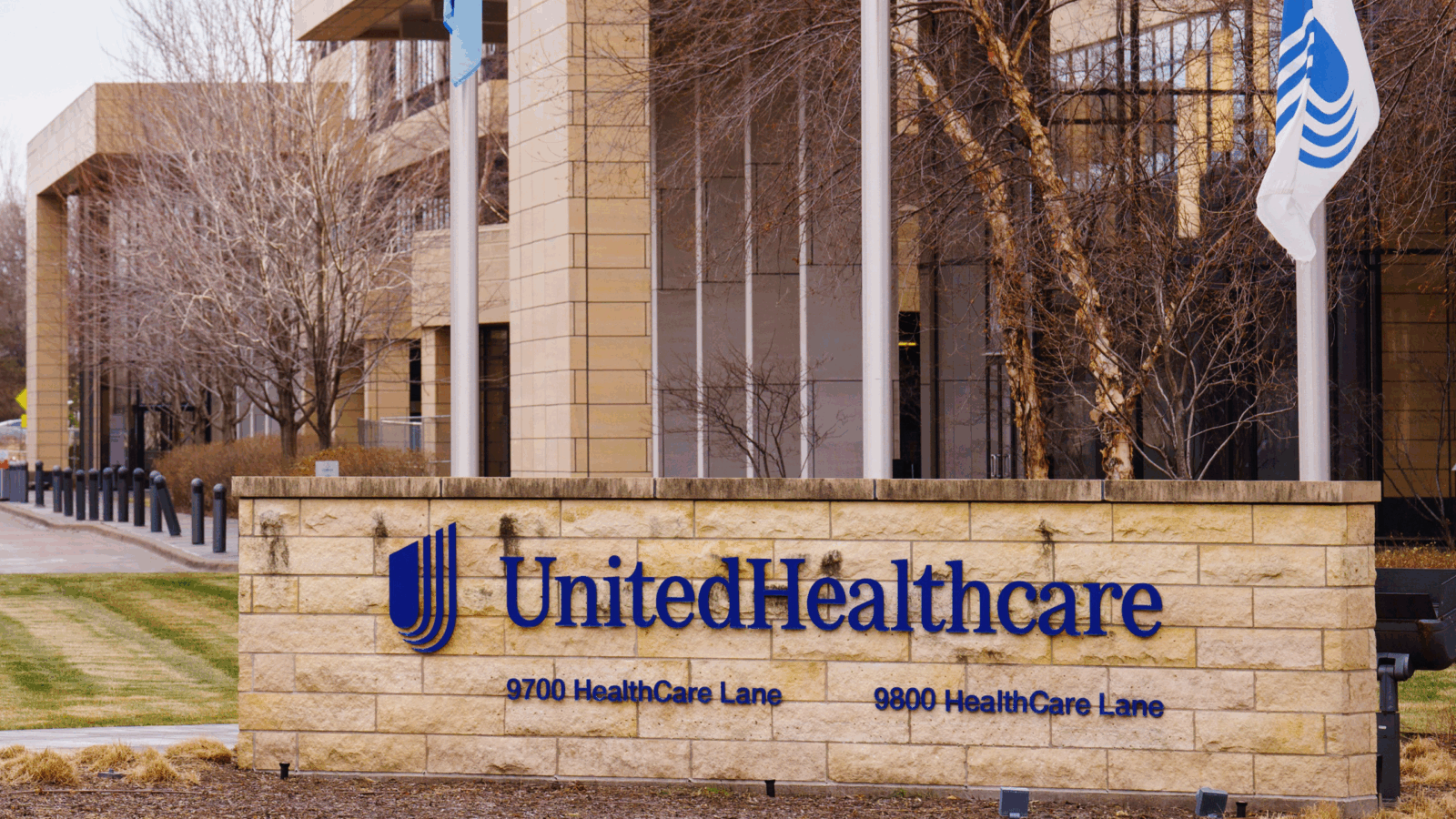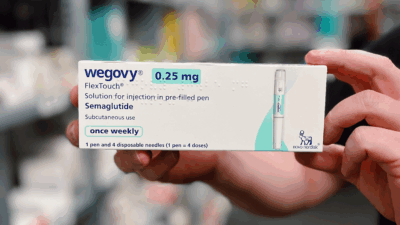Weight-Loss Drugs Might Not Tank Medicare After All
New estimates say that Medicare will spend tens of billions of dollars over nine years to cover weight-loss drugs.
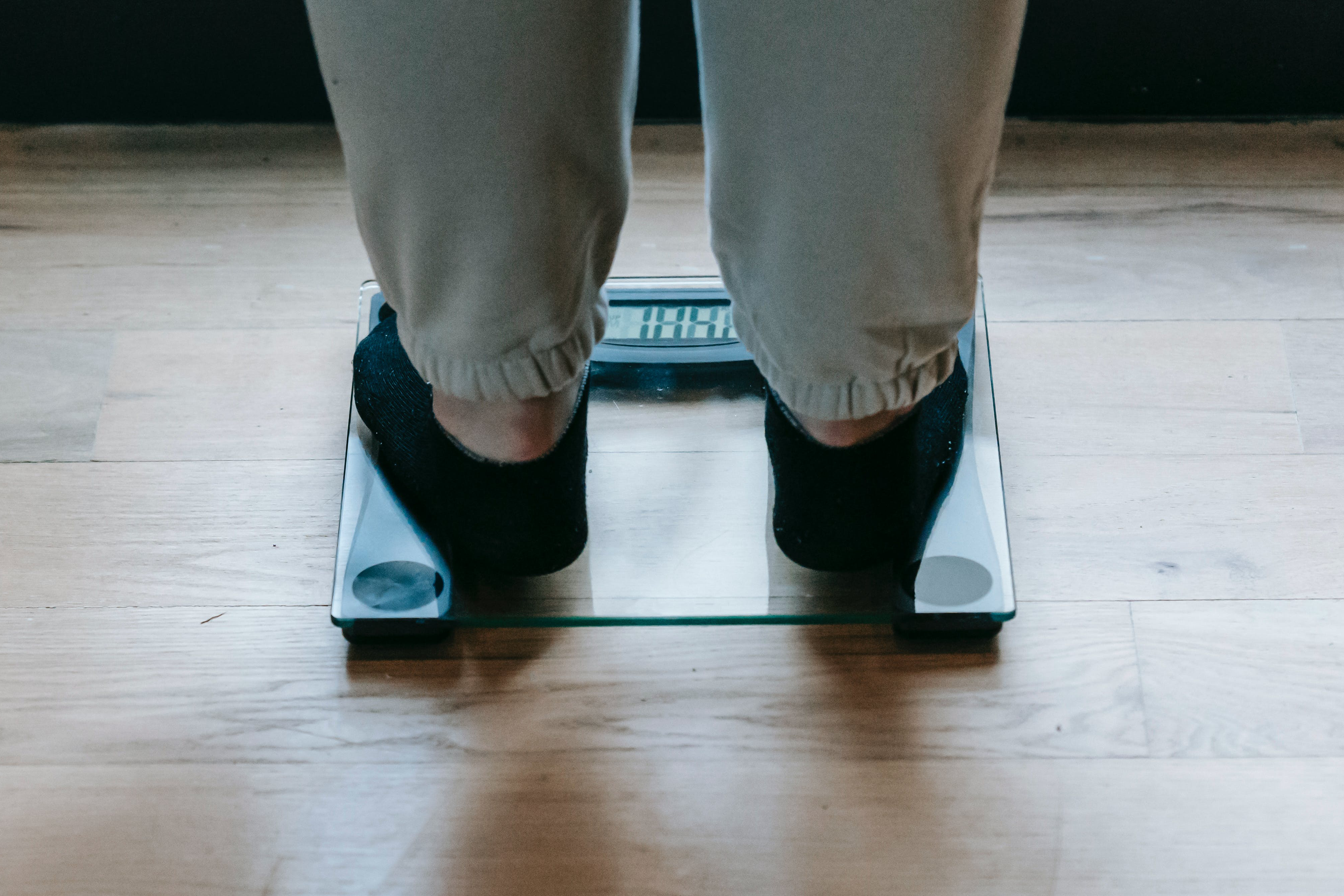
Sign up for smart news, insights, and analysis on the biggest financial stories of the day.
Federal spending won’t bulge nearly as much as expected if Wegovy starts shrinking Medicare recipients’ waistlines.
Last week, the Congressional Budget Office released new projections estimating that Medicare will spend tens of billions of dollars over nine years to cover weight-loss drugs such as Novo Nordisk’s Wegovy and Eli Lilly’s Zepbound for elderly Americans. As eye-popping as that sounds, it’s lower than the catastrophically large figures many experts had feared. Is it a sign that the weight-loss drug bottleneck is starting to ease?
Skinny Down
Obesity affects roughly 42% of US adults, according to the Centers for Disease Control. And roughly 6% of US adults have used or are currently using injectable drugs to lose weight, according to a Gallup poll from May. But unlike with Ozempic and Mounjaro — both prescribed to patients battling diabetes — insurance companies have thus far been reluctant to offer widespread coverage of the costly anti-obesity drugs. Medicare is no different — and in fact, can legally only cover Wegovy or Zepbound if a patient suffers from another comorbidity, like heart failure.
It should come as no surprise then that Eli Lilly and Novo Nordisk have pushed lawmakers to include broad coverage under Medicare: A related bill is currently working its way through the House of Representatives. But experts fear the steep costs of both treatments — the wholesale price of Wegovy is around $1,350 per month — could bankrupt Medicare. Eli Lilly and Novo Nordisk, on the other hand, have preached that the very nature of their drugs makes patients healthier, thus reducing costs overall. Last week’s CBO figures suggest the truth is somewhere in the middle:
- Costs would increase from around $1.6 billion in 2026 to $7.1 billion in 2034. In total, coverage would cost around $35 billion over nine years, the report found.
- Cost savings on other drugs and treatments would increase too, however, from around $50 million in 2026 to $1 billion in 2034. Net Medicare spending on prescription drugs is expected to hit around $120 billion this year.
The projections are “far less catastrophic” than “the borderline doomsday scenarios” some had feared, Benedic Ippolito, a senior fellow at the American Enterprise Institute, told the Financial Times.
Health Competition: “The most effective way to reduce prices in the near future is through increased competition,” Ethan Pickner, founder of AZ Health Insurance Brokers, told The Daily Upside. That’s easier said than done. Zepbound officially came off the US Food and Drug Administration’s shortage list earlier this month, meaning competitors selling knock-off compound versions will soon have to halt sales (though Wegovy remains shortage-listed). Still, some biopharma firms are racing to crack the next generation of weight-loss drugs — meaning more competition may be on the horizon.
